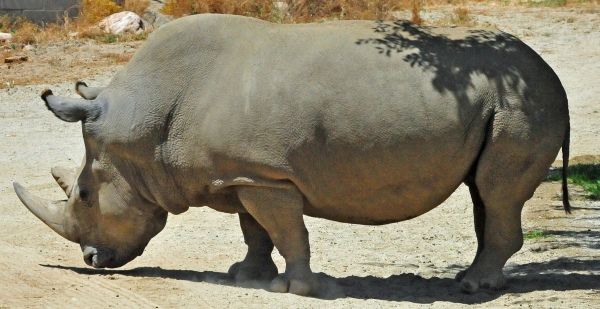The recent death of the last male Northern white rhinoceros — and the imminent extinction of the vaquita porpoise — is a stark reminder we are not going to win every battle to save endangered species in the wild. We can rescue some from total extinction — and have already — but only with the help of zoos and aquariums.
Wildlife populations are increasingly under stress from human activities and their impact on the environment. Population growth, habitat destruction and wildlife poaching — whether for sustenance or profit — are among the largest threats contributing to their extinction.
Rhino horn, for example, fetches upwards of US$60,000 per kilogram in countries where it is prized as a cure and status symbol. But this is bogus. Rhino horn is made of keratin, like our fingernails, and cannot cure disease.
We need a planet-wide shift in thinking about how we value the wildlife resources within the limited intact ecosystems that remain. But many species can’t wait that long.
Continue reading at University of Guelph.
Image via Heather Paul via Flickr.


